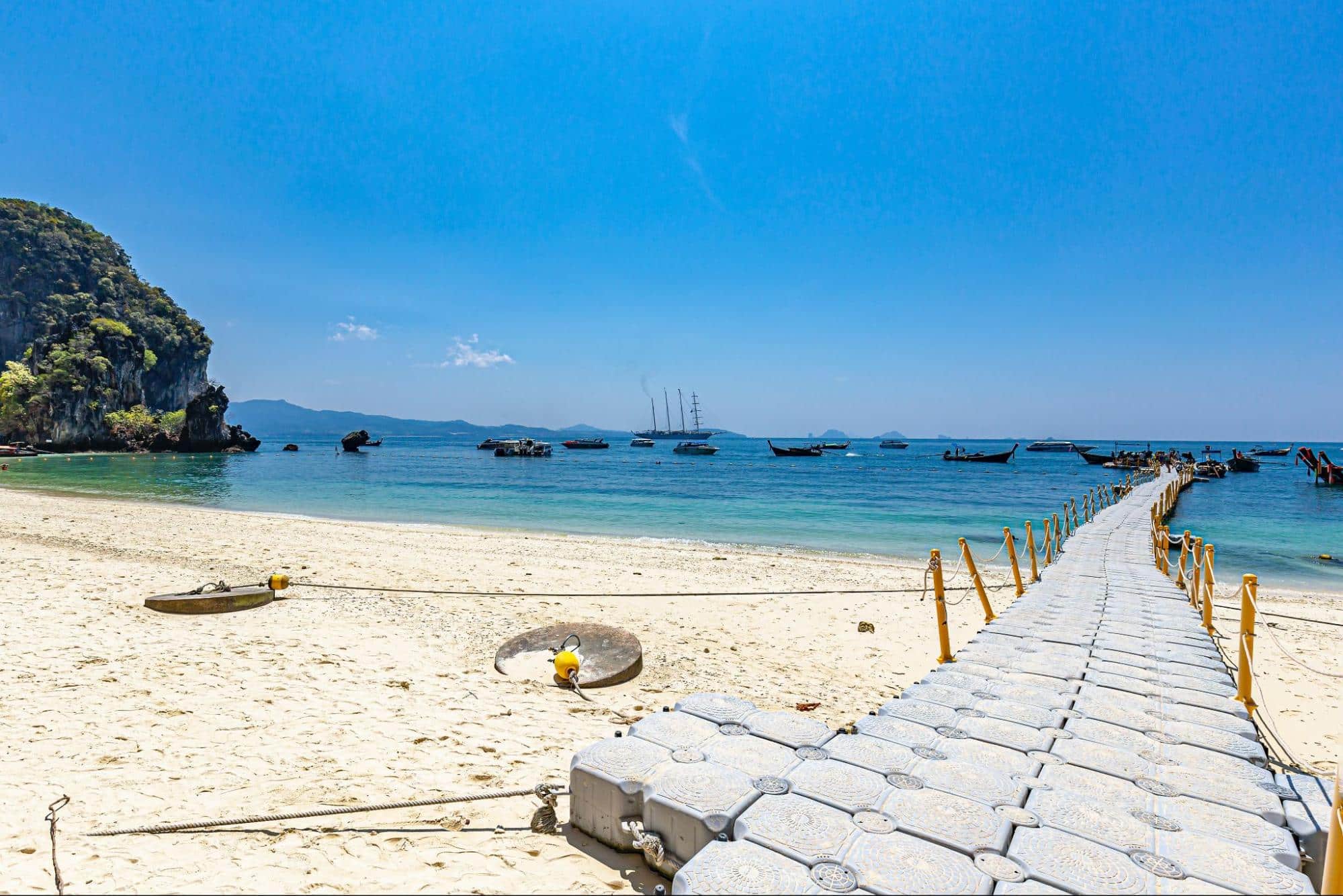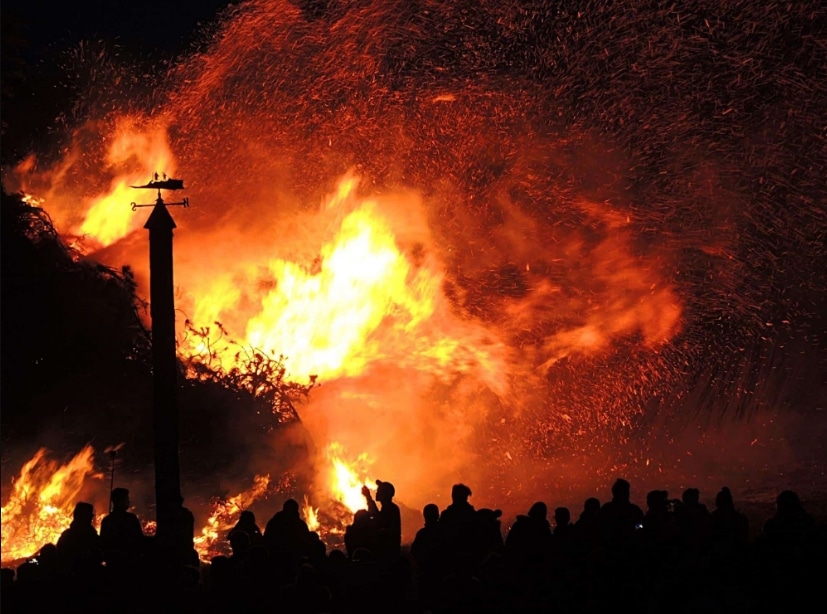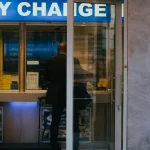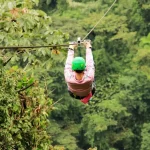Chiang Mai Burning Season, a period marked by agricultural burning and increased air pollution, poses challenges for visitors and residents alike, making it essential to understand its impact and how to navigate this northern Thai city during these times.
If you are a traveler planning to visit Chiang Mai anytime soon, you must consider reading this detailed guide that could be an important consideration in planning your vacation.
Table of Contents
What is the Burning Season in Chiang Mai?
Also known as the smoky season, the burning season in Chiang Mai is a period of 3-4 months during which the air quality in Northern Thailand, particularly Chiang Mai drops very low due to various reasons. This causes serious health problems in people, especially the elderly and children. People usually avoid traveling to Chiang Mai due to these issues.
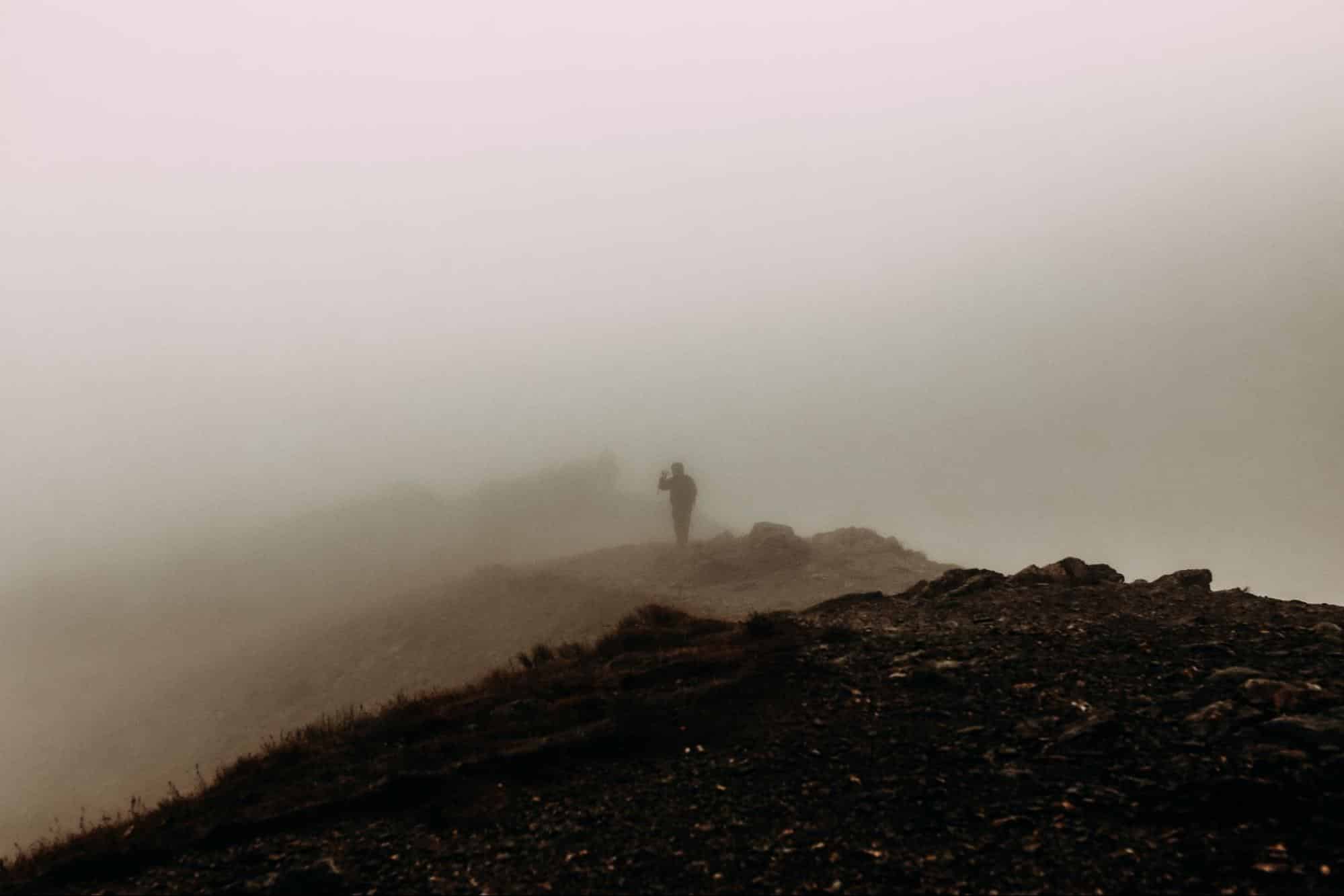
When is the Burning Season in Chiang Mai?
The time and severity of the burning season varies from year to year but it usually takes place between the months of January and April every year. You can feel the rise in temperature right from the first week of January and then it keeps shooting until its peak in the second half of March. In March, the temperature soars to an all-time high, and visibility drops to the lowest.
When does the Burning Season end?
It usually ends by the second week of May when the rainy season sets in. The rain washes away the pollution and brings the temperature to a bearable low. The air quality gets much better before Songkran- the Thai New Year Water Festival. (1)
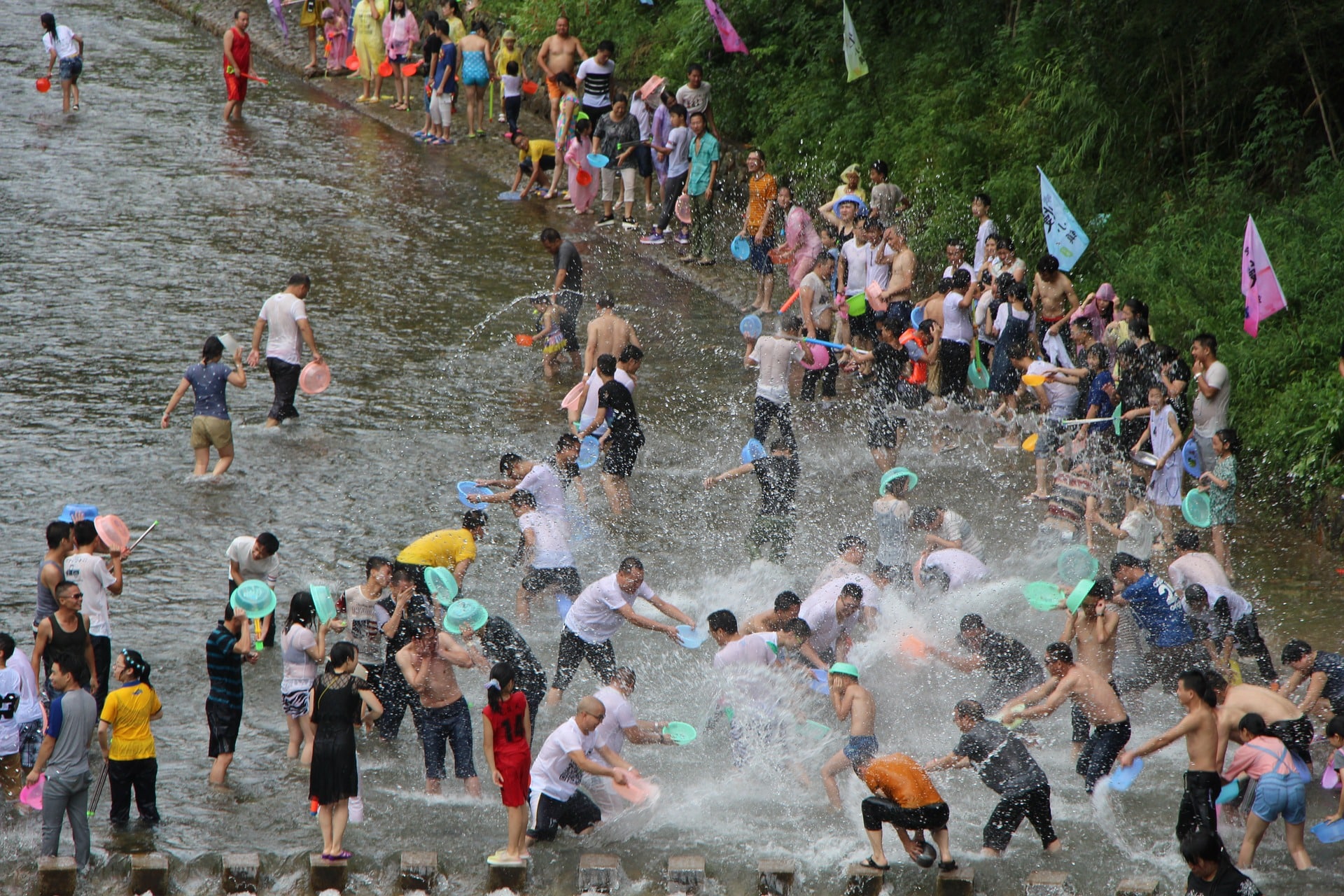
What Causes the Burning Season in Chiang Mai?
There are several reasons that can be attributed to the burning season. The most prominent are:
1. Agricultural Burning
The majority of farmers in Northern Thailand practise toxic slash and burn farming, also known as Shifting Cultivation in which they burn their agricultural fields to prepare them for the next year’s crops. The smoke wafting up from these crop burning farms fills the air with toxic particles and deteriorates its quality. Burning of the sugarcane fields in central and northeast Thailand further aggravates the problem.
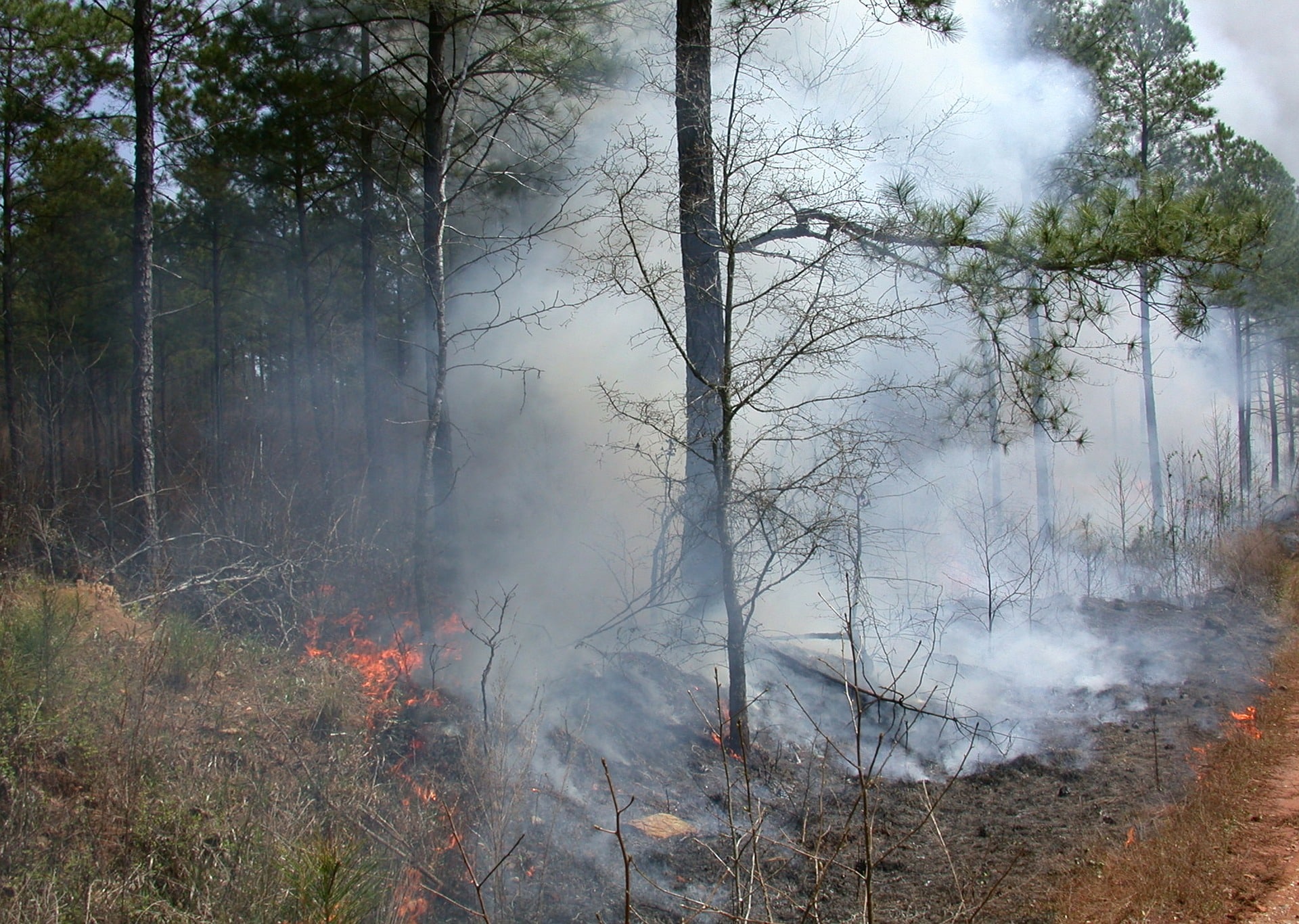
2. Forest Fires
Another significant reason for the pollution is the forest fire- both accidental and conspired. Sometimes when the farmers burn the land for shifting cultivation, the surrounding forest catches fire (2). Besides, the farmer also sometimes conspires the fire to clear the underbrush to encourage growth of mushrooms.
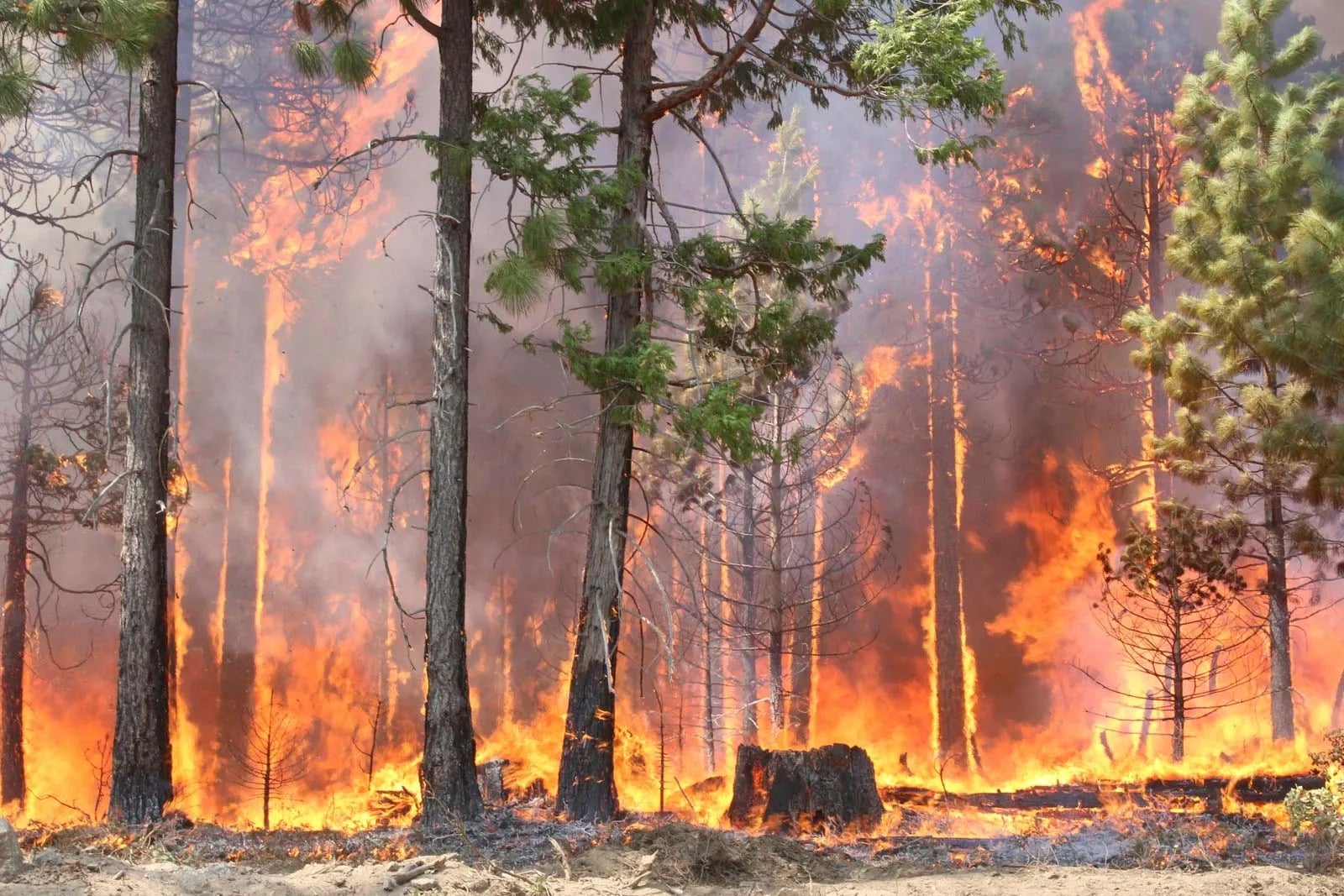
4. Dry Season
The last rain showers are usually observed around October in Chiang Mai following which the weather remains dry. The dry weather dries up the leaves which catch the wildfire quickly. The smoke arising from this fire gets trapped in the dense valley created by the mountains Doi Suthep, Doi Inthanon, and Doi Khun Tan and leads to dense smog.
5. Emission from Vehicles
Emission from the vehicle’s exhaust pipes has become a major source of pollution ever since the tuk tuks got motorised. Both the Tuk tuk and Songathews emit a large amount of dense smoke that leads to more air pollution.
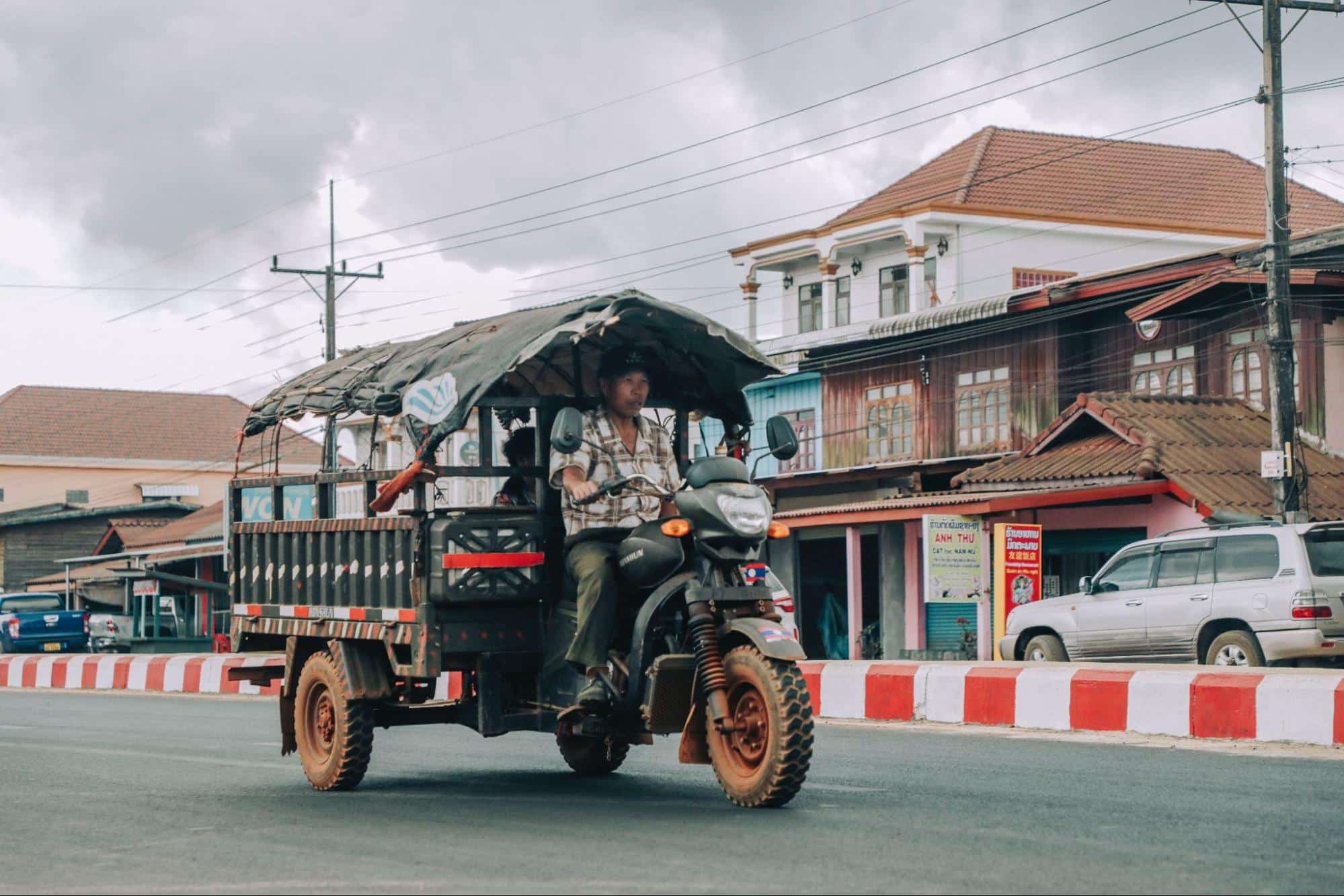
What happens during the burning season?
During the Burning Season the temperature is at an all time rise and the visibility is reduced to the minimum. The air quality index spikes to the 150-200 range that is considered very ‘unhealthy’ by the WHO and the air quality index (AQI). In the dense valley, which is usually the worst affected area, it shoots to 400 and can sometimes go upto 600 which is very hazardous.
The air gets very heavy due to the fine PM( particulate matter) pollutants and a brownish-yellow haze sets in. Due to the haze the visibility reduces so much that it becomes difficult to even spot the nearby monuments and mountains.
The blue sky is replaced by suffocating smog and a pungent smell of the smoke lingers in the atmosphere. You can also see green sticky film developing on the surface.
Impact of the Burning Season on Health
The poor air quality and pollution during the burning season can cause a variety of health problems. It can be worse for the elderly, children and anyone with a medical condition. The poor air causes laboured breathing and skin rashes.
The gaseous pollutants can travel to your lungs from the mouth and nose and lead to serious respiratory diseases (4). The most common and visible effects are stinging eyes, laboured breaths, and wheezing.
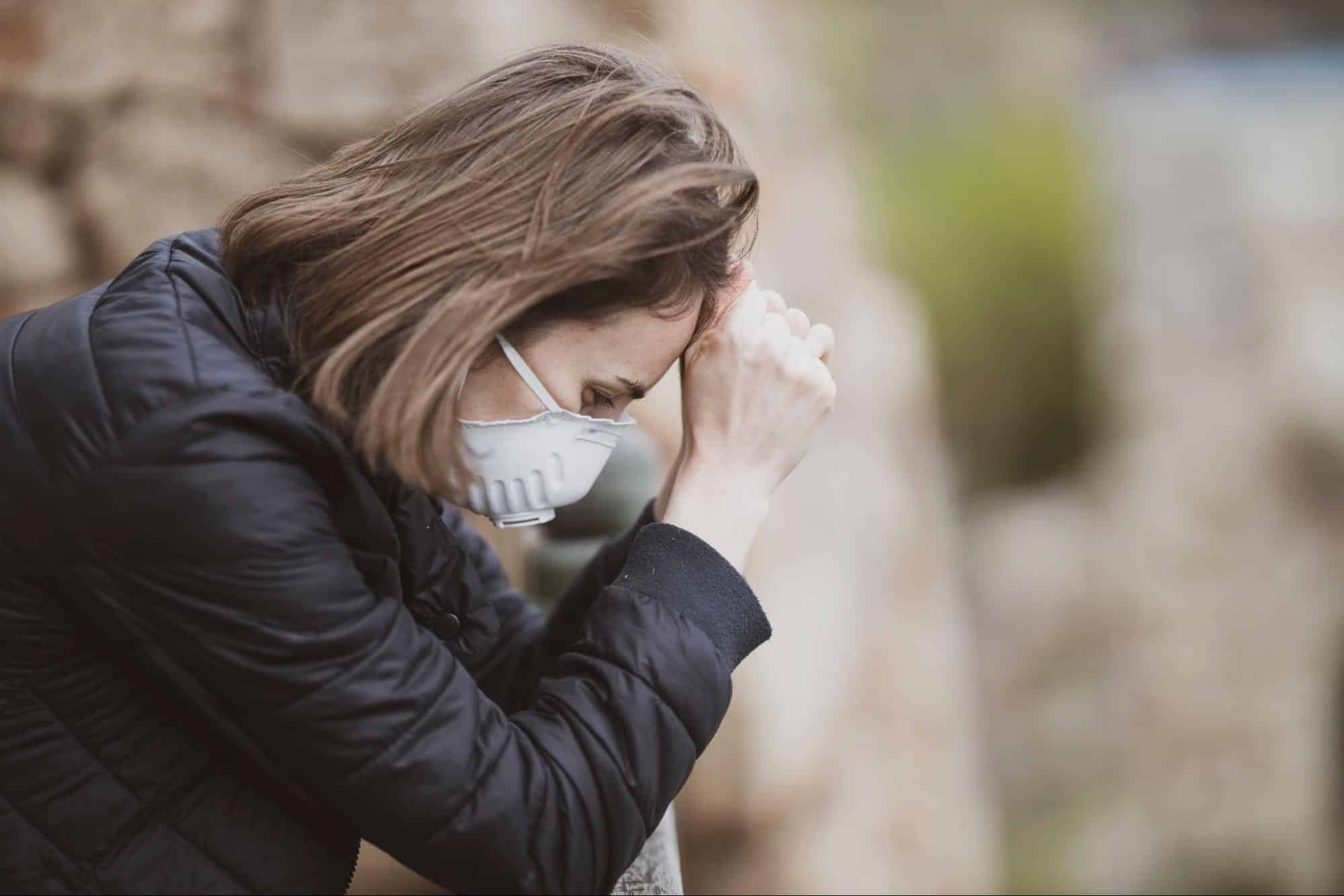
What should you do in order to mitigate the ill effects of the Burning Season?
1. Stay Indoors
The simplest way to avoid the ill effects is staying indoors as much as possible. The more you move out, the higher the risk of you getting affected by the high pollution levels. By staying indoors, you also lessen the vehicle emissions which is one of the causes of the burning season. To ensure more safety, install air purifiers at home.
2. Mask Up
In case you cannot avoid going out, wear a mask at least. The mask will guard you against the pollutants. The most effective of all is the N-95 grade mask. It protects you against 95% of all the harmful particles. You can get the N-95 masks at 150 THB.
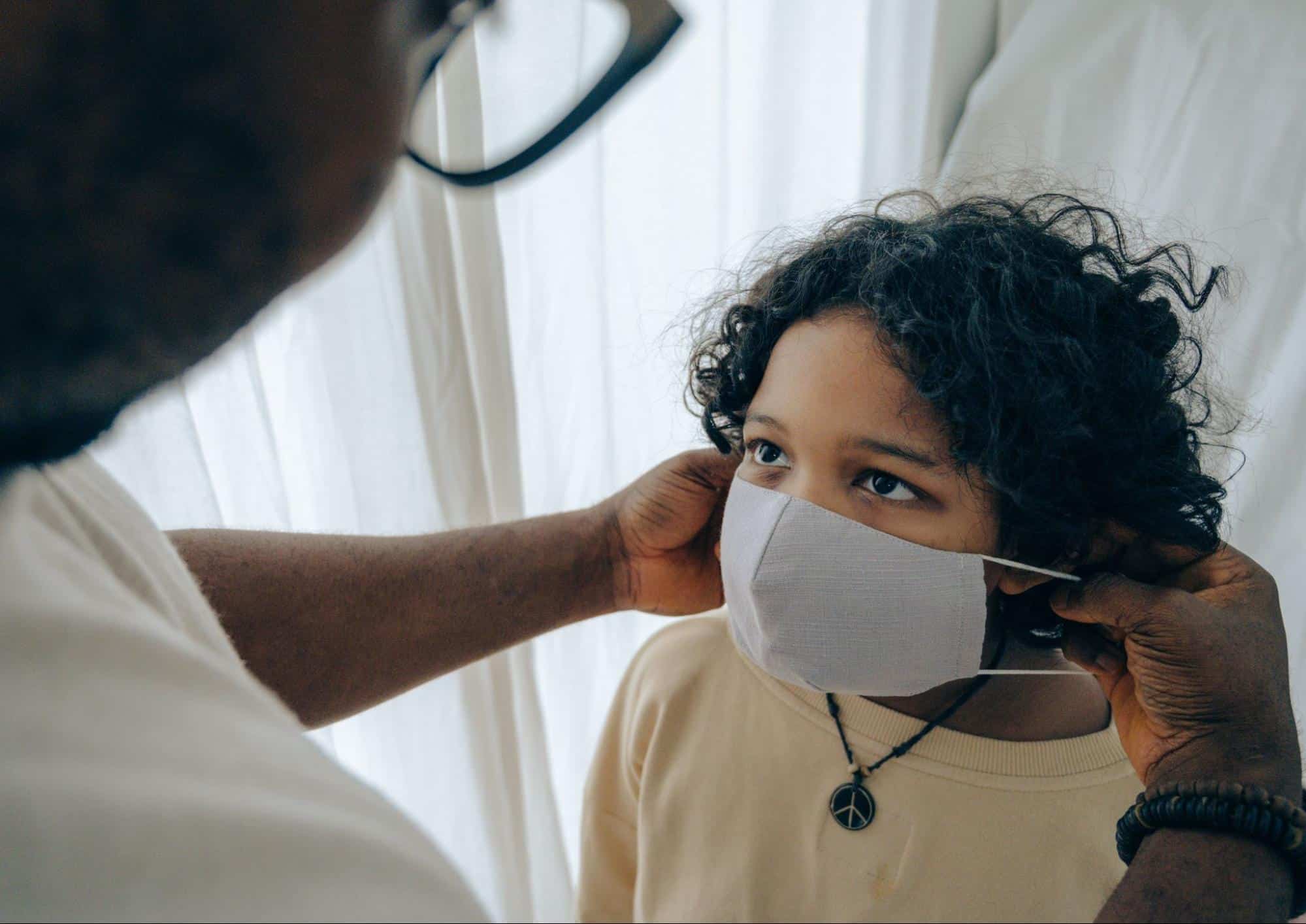
3. Move out of the City
If you are a traveler, avoid visiting Chiang Mai during the burning season. Even if you are a permanent resident, consider taking a vacation during this season.
Which places you can consider visiting during the Burning Season
The Burning Season is not only limited to the city of Chiang Mai but is spread across all of Northern Thailand and some parts of Southeast Asia. In order to go somewhere better, you have to travel south to the coastal regions. You can find the cleanest air around the Southern Peninsula. Some cities that you can consider visiting are Phuket, Koh Samui, Koh Phangan, Koh Lanta, Koh Chang, and Koh Lipe.
Hence, we see that the impact of the Burning Season could be very dangerous. Therefore, it is important to practise precaution to ensure the safety of your loved ones.
